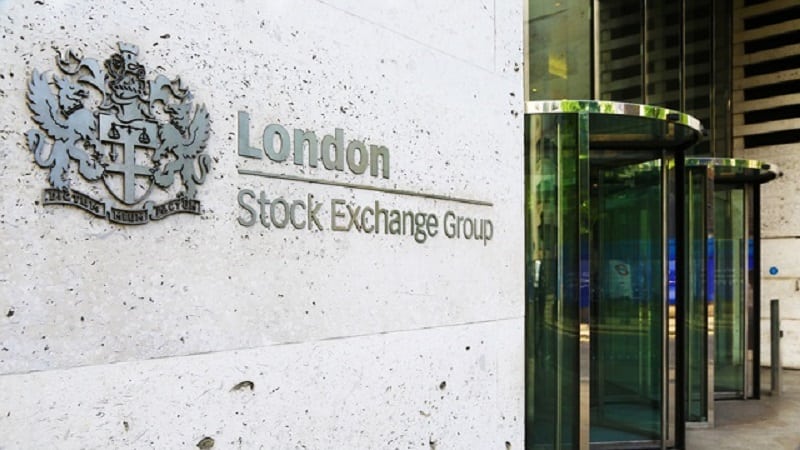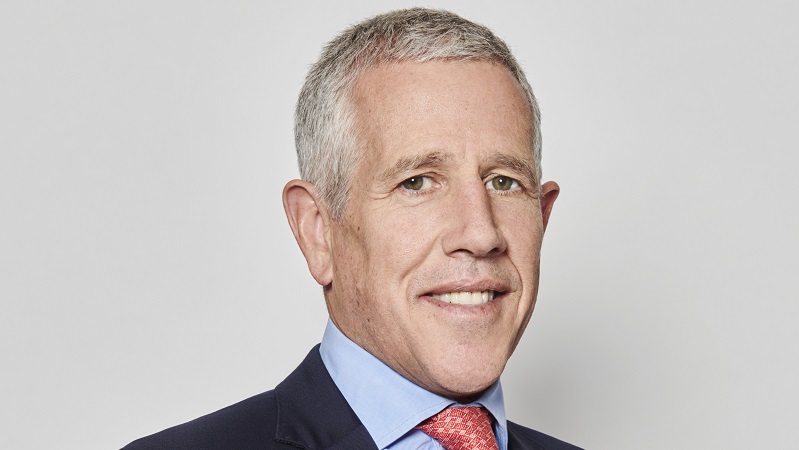With a credit crunch, recession and eurozone implosion to worry about in recent years, inflation has rarely been a major concern, despite often exceeding central bank targets. But signs have emerged to suggest that may be changing. Over recent weeks, ten-year break-even rates, which reflect expectations for RPI, have risen to 3.4%, the highest level since September 2008.
In the background, an increasingly growth-concerned Bank of England is widely seen as willing to tolerate high inflation for a prolonged period. Incoming governor Mark Carney has already stoked this particular fire, suggesting the current era of writing an explanatory letter to the chancellor if inflation goes more than 1% above the 2% target is due for review.
Ease now, pay later
Meanwhile, a number of pension funds have introduced inflation-proofing measures. The massive RBS scheme added £4bn of swaps and index-linked gilts in 2012.
In broad terms, the reason for rising inflation fears is the policy of quantitative easing, since the printing of money has typically resulted in rising prices in the past. That said, there is little consensus on inflation, at least for the time being. For example, Capital Economics continues to believe concerns about the medium-term outlook for inflation are overdone and that slack in the economy will keep a lid on underlying price pressures.
Elsewhere, Henderson chief economist Simon Ward says CPI will reach more than 3.5% by mid-2013 before subsiding modestly during the second half, remaining above the 3% letter-writing threshold.
On the more inflationary side, PSigma Income manager Bill Mott sees an imminent inflection point where markets start to worry, with policy becoming more extreme.
“Quantitative easing is now unlimited and the ultra-low interest rate policy is misdirected,” he says.
“The US Federal Reserve has explicitly said it will keep interest rates near zero until unemployment falls to 6.5% but even if this is a sensible target, interest rates are, in our view, the wrong tool to achieve it.
“Western consumers and central banks have benefited hugely from the shift in manufacturing to emerging markets. Buying ever cheaper imported finished goods has had a massive dampening impact, but the benefits are now largely played out.”
Wise moves
Whatever your stance, the increasing focus on growth by central banks around the world suggests that some inflation-proofing of portfolios is a sensible measure. Tom Stevenson, investment director at Fidelity, highlights various simple strategies, with investing at the forefront.
“In a modestly inflationary environment, equities are a good hedge against rising prices,” he says. “Shares represent a real claim on a company’s assets and cashflows, which can rise in line with prices if a company has any pricing power.”
Real assets also offer protection, with gold being widely seen as a further source of proofing, but Stevenson warns that gold is less an investment than an insurance policy.
“Elsewhere, equity income can be attractive in a modestly inflationary environment because the compounded growth of reinvested dividends can maintain the real value of investments,” he adds.
“Further possibilities are scarce assets such as prime property, wine and classic cars, but the latter two are prone to busts as well as booms, so require care when investing.”
Short-term measures
On the bond side, Architas CIO Caspar Rock says the best safeguard is to hold floating rate notes where the coupon is linked to short-term interest rates.
“Base rates should rise to curb inflation and the yield on these bonds will go up accordingly, but as future repayment of capital is fixed, this paper offers little in the way of longer-term inflation proofing,” he says.
“This is why many investors have turned to index-linked bonds, which pay a smaller coupon but link the principal to inflation. Most investors would assume these provide perfect hedging if held to maturity but there are various drawbacks, primarily that linkers are typically expensive, with pension fund demand forcing up prices.
“What this means in practice is that real returns on these assets tend to be fairly low and can even be negative. Index-linked gilts are also fairly long-duration so when we have seen shock inflation rises, these bonds have actually fallen in price, which seems counter-intuitive on the surface.”
More generally, Rock says that keeping a bond fund short-duration is another way to protect against inflation.
As for commodities, he says these assets are usually more effective as a hedge early in the inflationary cycle – when they are often the major factor behind rising prices – but less so later on when secondary effects take over.
While keeping ahead of inflation is a basic investment aim, few funds have taken rising prices as their core performance benchmark. City Asset Management is one wealth manager to do so, although head of research James Calder admits this remains a challenging target.
“Inflation can be a huge drag on wealth, particularly for clients close to retirement, so we have adopted CPI plus 2–4% targets on our unitised portfolios,” he says.
“We feel those are achievable over a normal cycle using our multi-asset approach, but anything beyond that requires more risk so we would tend to use a relative benchmark. Inflation targeting means an inherent real return objective and most funds have continued to focus on relative performance, which is much less exacting, particularly in down markets.”
Calder believes inflation is here to stay in the UK and continues to use a range of strategies to protect against it.
“We own some linkers through the Fidelity Global Inflation Linked Bond Fund, as well as more absolute return-minded fixed interest vehicles and some gold,” he says.
“We also remain fairly bullish on equities and if we can find managers producing solid high single-digit returns, that will be above inflation.”
Be prepared
On the product front, Pimco has just launched a fund for investors looking to hedge global inflation risks.
Its GIS Inflation Strategy uses a multi-asset approach, combining inflation-linked bonds, commodities, emerging market currencies, global real estate investment trusts and gold. Manager Mihir Worah says investors should always be prepared.
“The array of policies implemented by developed country governments and central banks to address the financial crisis has resulted in unsustainably high debt and zero-bound nominal interest rates,” he explains.
“While these policies have successfully suppressed the risk of deflation and depression, they have also increased the risk of higher inflation in years ahead.”
According to Pimco, stocks and bond-stuffed portfolios may be inadequately positioned to withstand rising prices and while inflation is likely to be contained over the next year, investors should not be complacent. Jeremie Banet, a multi-asset manager at Pimco, continues to believe inflation will be higher on average over the next several years than it has been over the past 15–20.
“An oil supply shock could cause headline inflation to soar well above 2.5%,” he says.
“Longer-term risks are also rising. Imagine learning back in 2007 that unemployment would rise from 4.5% to 8% in five years but the rate of inflation would basically stay the same and the ratio of government debt to GDP would rise from 65% to 100%.”
History repeating?
Historically, Banet says double-digit spikes to inflation have tended to follow periods of high debt to GDP, unconventional monetary policy and commodity price rises.
“Given current geopolitical pressures in the Middle East, it seems a commodity-led price spike is a non-trivial risk,” he adds. “And while we are not yet at a 1971 moment in terms of currency devaluation, events in Japan and movements in the yen should keep us on alert.”










